10 Tips For Getting Into Paddleboarding
It's A Cross Between Surfing & Canoeing
“Paddleboarding – or SUP – is when a paddleboarder kneels, sits or stands on a surf-style board, known as a paddleboard, and uses a long oar to move through the water. The sport originated in Hawaii and is a cross between surfing and canoeing. But, just because it uses a surf board doesn’t mean you need waves to do it. In fact, paddleboarding is safer, and a lot more fun, to try on calmer water. It’s also a fantastic workout that works more muscles than a lot of other sports – offering equal amounts of cardio and strength work. As you work to stay balanced and move yourself forwards, you’ll work your core, legs and arms. It’s also low impact and doesn’t place excessive strain on muscles and joints.” – Ayla Gowling, surf & SUP instructor at Adventure Parc Snowdonia
Start With Some Basic Kit
“To get going, you’ll need a paddle, a decent wetsuit and a lifejacket. The thickness of the wetsuit will depend on the temperature and the time of year, but a 4.3mm wetsuit is a good all-rounder. If it’s cold in the autumn or winter, you can layer up with neoprene boots and gloves. Traditional paddleboards are between eight and 14 foot long, but thanks to the rise in inflatable paddleboards which can be rolled up into a rucksack, it’s never been easier to get going. If you’re unsure where to start, most places will offer kit to rent. You should also try out different types of boards to see what you prefer – it may be that you prefer the feel of a hard board over an inflatable board or need something smaller or longer.” – Ayla
Choose A Flat, Wide Board
“There are two main types of paddleboard – those with a planing hull or a displacement hull – and while both can be used by beginners, it’s worth understanding the difference. SUPs with planing hulls are flatter, wider and rounder at the front, and are designed to ride on top of the water. They are easy to manoeuvre and offer all-round performance. SUPs with displacement hulls, meanwhile, have a more pointed nose, which can help you slice through the water more quickly. They require less effort to paddle, allowing you to travel longer distances at faster speeds, making them ideal for longer sessions.” – Mark Skelton, in-store expert at Cotswold Outdoor
Sit Down Before Standing Up
“There are no rules about how you get yourself around the board. Both offer a great workout and tone the body in different ways. If you’re not used to being on the water, start by sitting down. Being comfortable moving from standing to sitting is also a good balancing exercise, and means that when you progress to standing, you’ll be able to be on the move for longer. Standing requires more core and leg strength, as your centre of gravity isn’t as low down. It also takes more coordination, especially if you throw waves into the mix. A good middle ground and route to progress is to kneel before you stand. You’ll get used to moving on the board and you’ll gradually improve skills like balancing, paddling and moving, but in a more stable position.” – Airton Cozzolino, kitesurfing champion & SunGod athlete
Hone Your Technique
“Focus on having a strong, wide stance with your feet grounded, which will engage your feet, ankles and calves – just like surfing. When you’re stood on the board, your knees should be slightly bent, which helps with balance and means your thighs will be doing most of the work in both keeping you stable and supporting your weight. Having a strong, engaged core is vital – it’s the middle ground between your shoulders and arms propelling you forward, and your legs providing balance and support. Having a strong core means you’ll better maintain your technique.” – Airton
Find A Club
“The best way to get started is to find a club local to you. There are a few very important safety considerations when paddleboarding and learning from an expert will keep you safe. It’ll also help you understand what kit you need, and where, when and how to paddle. I’d recommend booking in for a lesson to get you started, and then joining a local club to meet other paddlers.” – Cal Major, ambassador for Dryrobe
Practise On Dry Land
“If you’re a complete beginner, practise paddleboarding on the land first. Nailing your transition from sitting to standing will build confidence and allow you to get to the fun bit quicker. Extra exercises off the board can also help build strength so you can progress more quickly – squats for legs, sit-ups and planks for the core and pull-ups for the upper body will all help.” – Airton
Be Prepared
“A waterproof phone case is a great idea as it allows you to take your phone onto the water without it getting damaged. A dry bag is also handy to store kit in. GoPaddling is a useful resource to know if you’re planning a day out. Some areas require you to have a license to SUP, including some canals and other maintained waterways, so it’s worth checking before you set off.” – Mark
Understand The Conditions
“Avoid paddling in an offshore wind – i.e. one which is blowing out to sea – as even though it can look calm at the water’s edge, it can pick up quickly once away from the shore, taking you out to sea. It’s also important to understand water conditions, especially in rivers, and to wear the right kit to keep you safe.” – Cal
Level Up
“Once you’ve nailed the basics, consider SUP Yoga, which allows you to be in nature while practising yoga at the same time. It provides an element of peace and serenity that you can’t find in a yoga studio. It also makes your body work harder due to the fact you’re not on a hard floor, so your body has to work to stay balanced. Long distance touring is also an option – this is when you go out for at least 40 minutes without stopping. Or you can try an SUP cardio workout, where you perform traditional HIIT moves like burpees or squat jumps on your mat. For a core-focused workout, try sit-ups, planks or side planks on your board.” – Ayla
Where To Try It…
Ayla: “The options are endless when it comes to paddleboarding – it can be done on lakes, rivers, canals, beaches, inland waterways, and even large swimming pools. My favourite places to SUP is Adventure Parc in Snowdonia as well as Padarn Lakes in Llanberis, North Wales, and West Shore Beach in Llandudno. Ullswater in the Lake District is also amazing, as is Stakpole Quay in Pembrokeshire and Burgh Island in Devon.”
Airton: “The Lake District has a wealth of water bodies without the swell of a current, which makes it a great place to practice. Whitby Bay is also great.”
Cal: “The UK has incredible SUP opportunities as we have thousands of miles of coastline as well as canals, lakes, lochs and reservoirs. The Palm Equipment blog is full of suggestions, while Jo Mosely recently wrote a great book with over 30 recommendations on places to paddle, as well as the logistical details needed to plan a trip.”
For more information visit Ayla-Yoga.com & follow @Ayla-Yoga. Also visit SunGod.co, Dryrobe.com and CotswoldOutdoor.com.
Shop Our Product Edit...

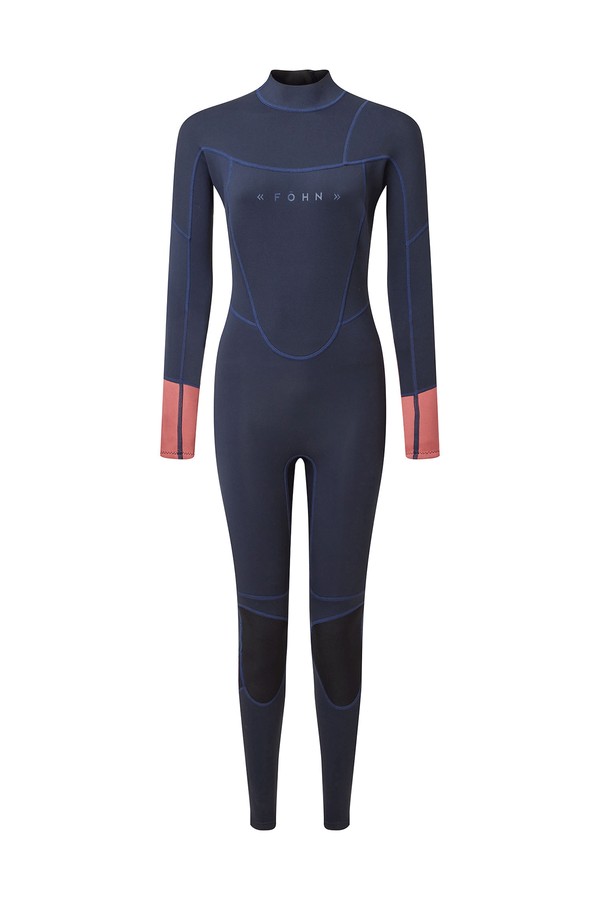

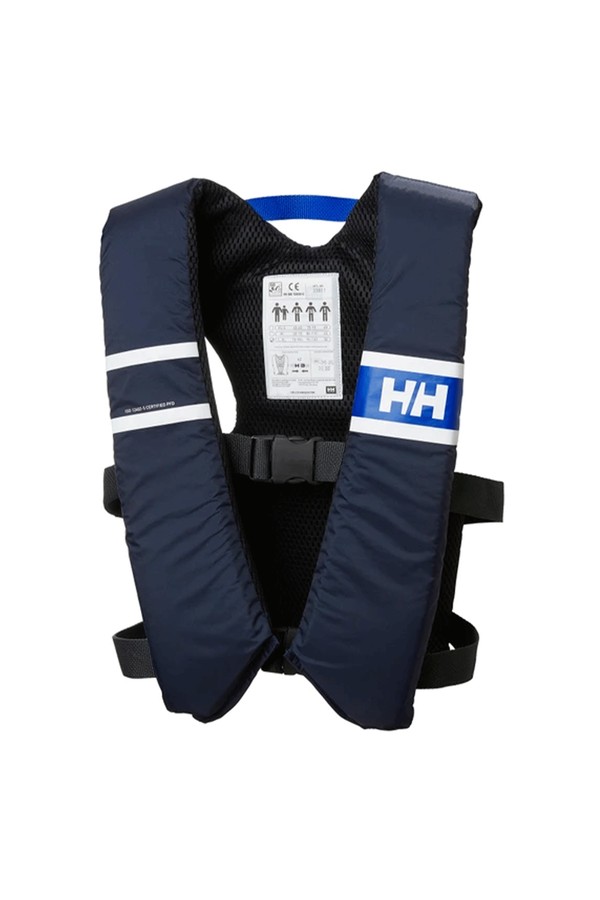

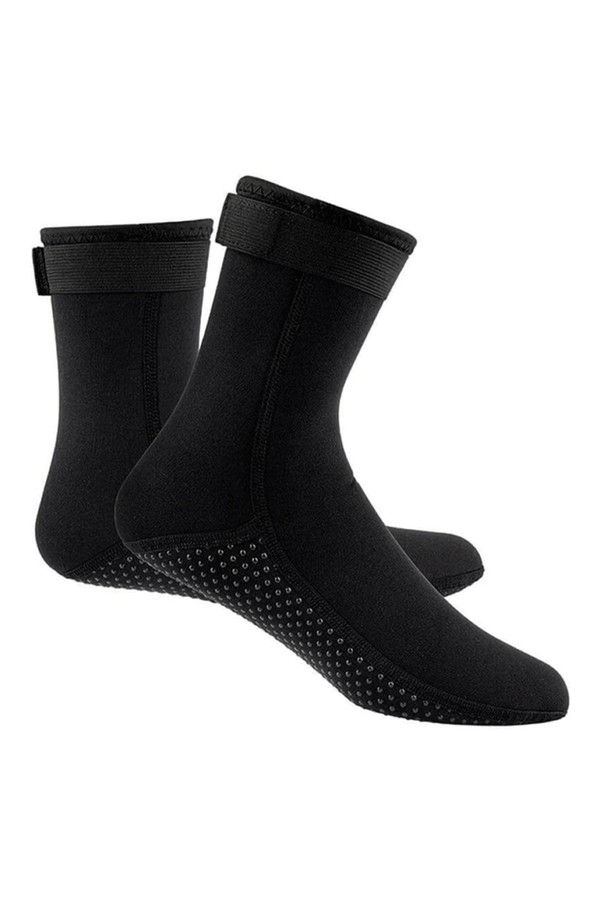
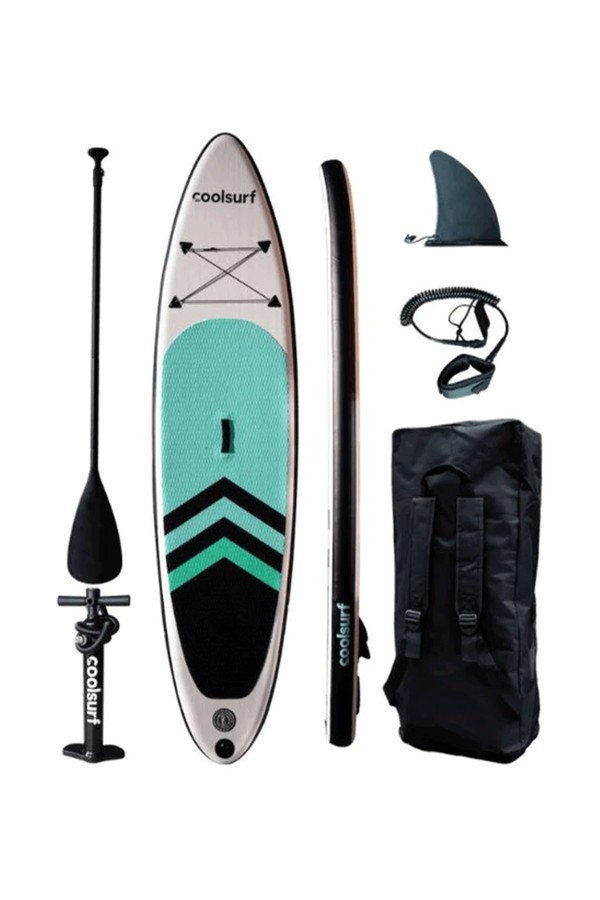
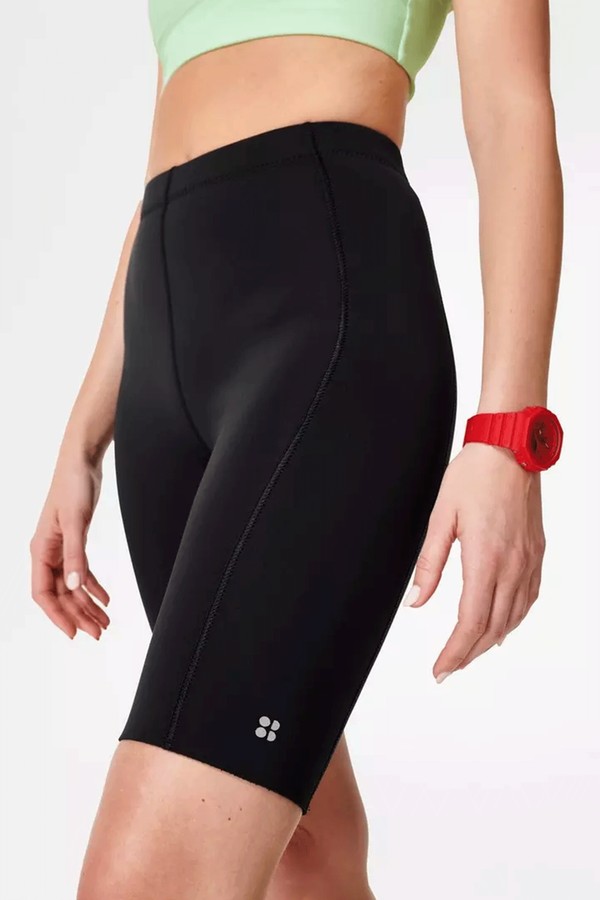
DISCLAIMER: We endeavour to always credit the correct original source of every image we use. If you think a credit may be incorrect, please contact us at info@sheerluxe.com.


